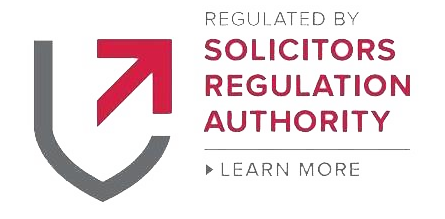Whether it’s because the fence has fallen over due to strong winds, there is rotting on one side, or you simple want a new fence, it’s important to understand who owns the fence. Is it your responsibility to pay for a new fence or your neighbours?
About Goughs: We are committed to our clients, our people and our communities; on a mission to provide excellent, trusted and truly personal legal services. Find out how we can support you with our team of: Real Estate Solicitors | Planning Law Solicitors | Property Development Solicitors | Construction Solicitors.
Topics to be answered in this article
Which fence is my responsibility: Left or right?
First let’s clear up the age old myth of; “Each home owner is responsible for maintaining the fence on the left-hand side, as you look at the property from the road”.
This is FICTION. There is no general rule about whether you own the fence on the left or the fence on the right of your property. The first place to look to see which boundaries you own and are responsible for maintaining is your title deeds. Learn how real estate solicitors at Goughs can help.
Determine ownership of the fence with title deeds
When the original owner of the land breaks up the land into smaller parcels of land, on the sale of each parcel, the owner/Seller of the land assigns responsibility for the boundaries of each of the smaller parcels they create. This responsibility will then be captured in the title deeds, in a Conveyance or Transfer. Conveyancing solicitor services may be helpful to further clear things up.
The Conveyance or Transfer will stipulate that the purchasers (and possibly their successors in title – the subsequent purchasers) are responsible for all of the boundaries on a joint and equal basis with their neighbouring property/properties; or that they are responsible only for the boundaries with a “T”-mark facing inwards within the property’s boundaries on the Plan attached to the Conveyance or Transfer.
However, just because a boundary structure belongs to someone does not mean that they will actually maintain it. In practice, the stipulations become difficult to enforce once the original purchaser in the Conveyance/Transfer moves away.
In other cases, the title deeds are silent and do not stipulate who is responsible for the boundaries. In this instance, you may have to work on the basis of the information provided by the Seller in the Seller’s Property Information Form at the time you purchased the property or look at what has happened over the course of previous periods of ownerships or what has happened between your other neighbours.
Sometimes, the information in the Seller’s Property Information Form and the title deeds will differ. This is because people put up new fences, plant hedges and build walls and, naturally, think that their work belongs to them.
Unfortunately, the information kept within the title deeds is rarely up-dated. Of course, the opinion of the Seller about boundaries may not be the same as their neighbours’.
Can I make my neighbour fix the fence?
Unfortunately, the simple answer is no. There is no law that states the owner of the fence has to fix it. Even if the fence completely falls over, there isn’t even an obligation to have a boundary fence at all. The only thing you can do if your neighbour is refusing to fix the fence, is to erect one of your own on your land. It doesn’t matter if your fence is touching theirs as long as it is within your boundary.
Which side of the fence will face my garden?
A fence will have a good side (the smooth side with no posts) and a bad side (with extra posts). Now the choice of which way the fence faces is completely up to the owner of that fence. So if that isn’t you, it may be the case they get the nice side. But that doesn’t stop you from planting big bushes or hiding it away somehow.
Can Goughs help with your fence issue?
If you need any advice regarding property boundaries then our team of real estate solicitors can help. Simply fill in your details in the form below and we can call you back and speak to you about your fence issue.





